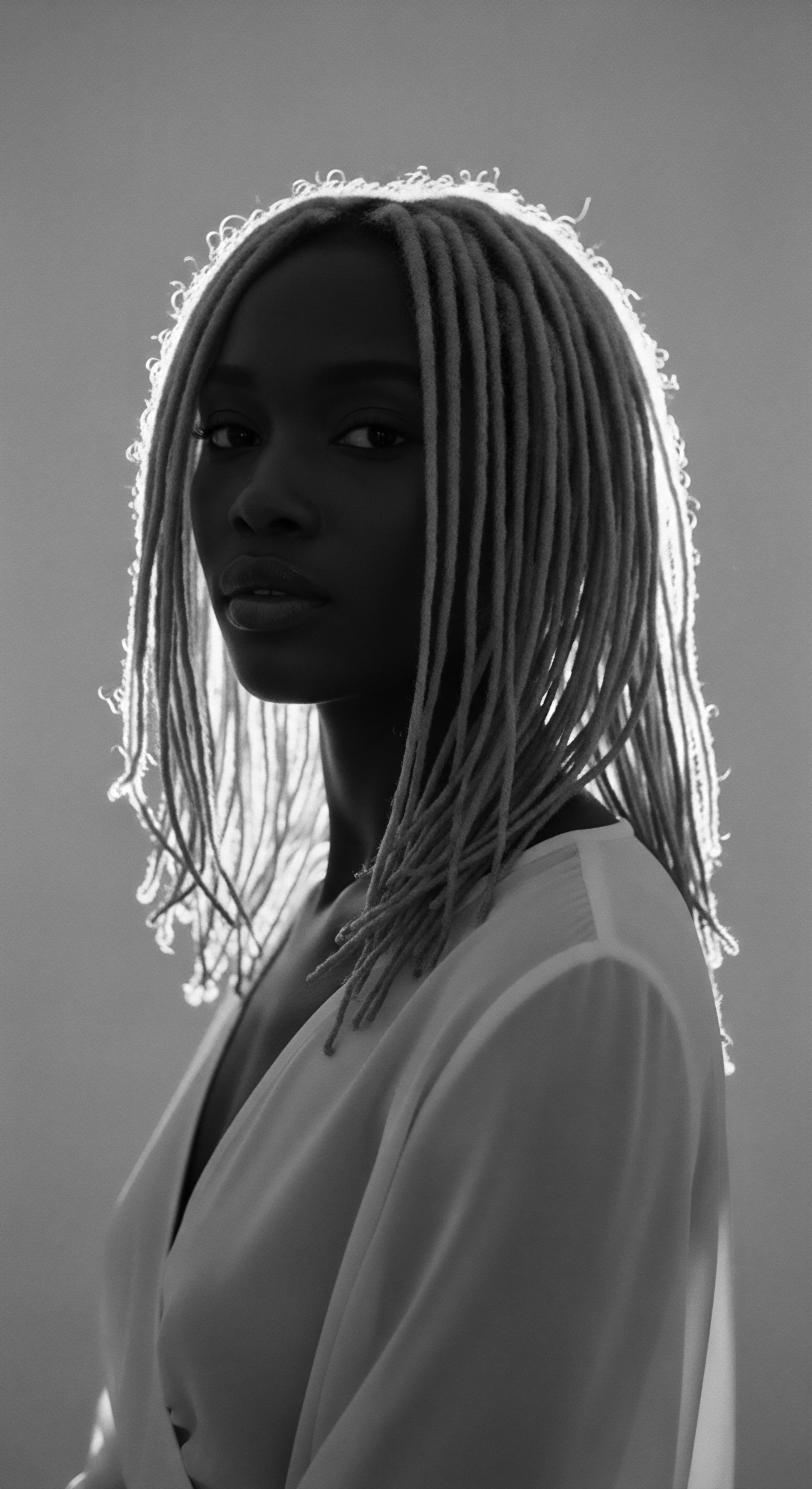
What is the role of hair in Black identity?
Hair in Black identity is a living archive, intricately linked to textured hair heritage as a symbol of cultural continuity, resilience, and profound self-definition.
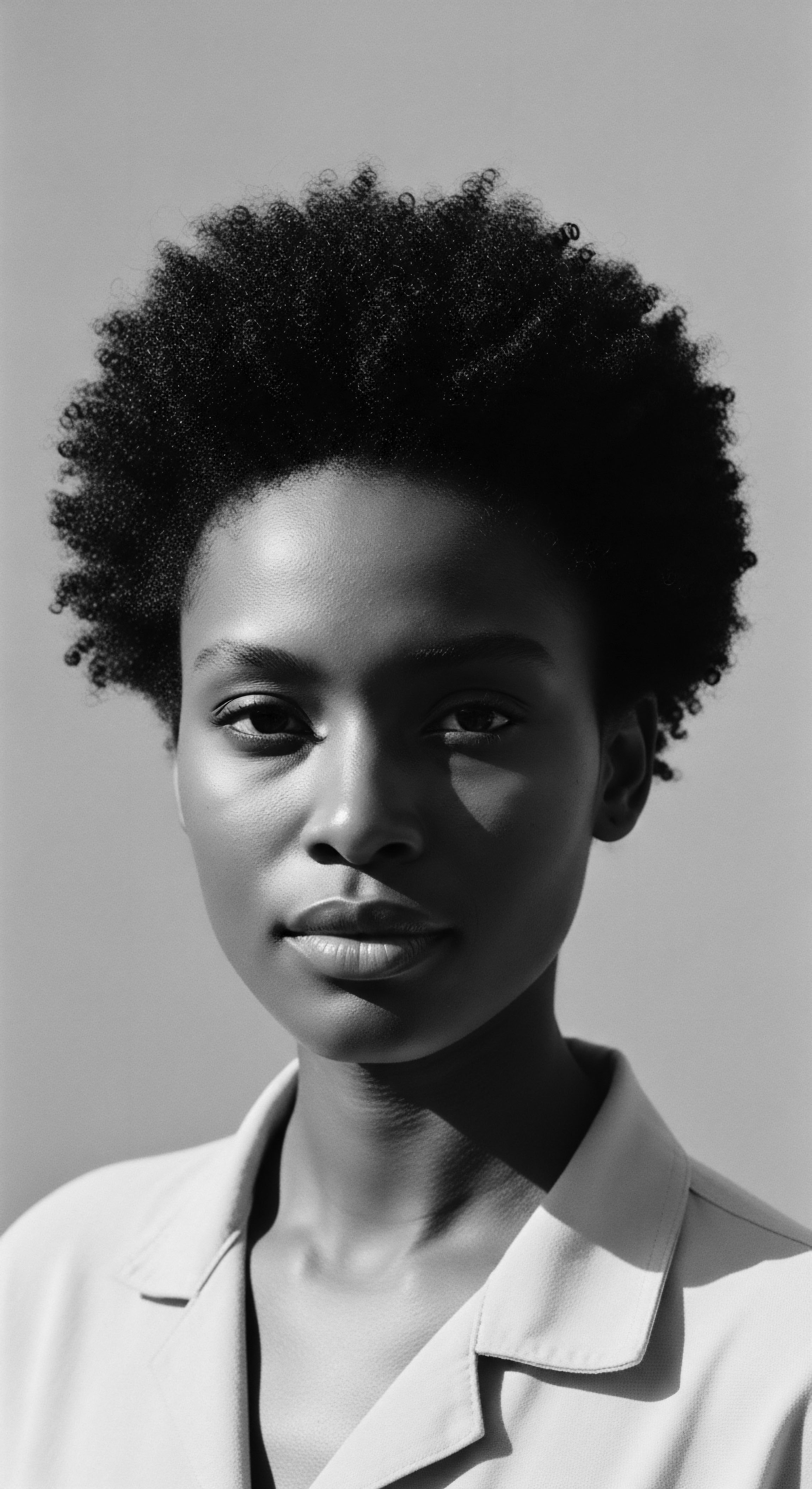
How did historical hair policies affect Black identity?
Historical hair policies sought to suppress Black identity by devaluing textured hair, but fueled resilience and cultural reclamation.

How did textured hair become a symbol of defiance and collective identity during challenging times?
Textured hair transformed into a symbol of defiance by embodying cultural heritage and collective identity, challenging oppressive norms.
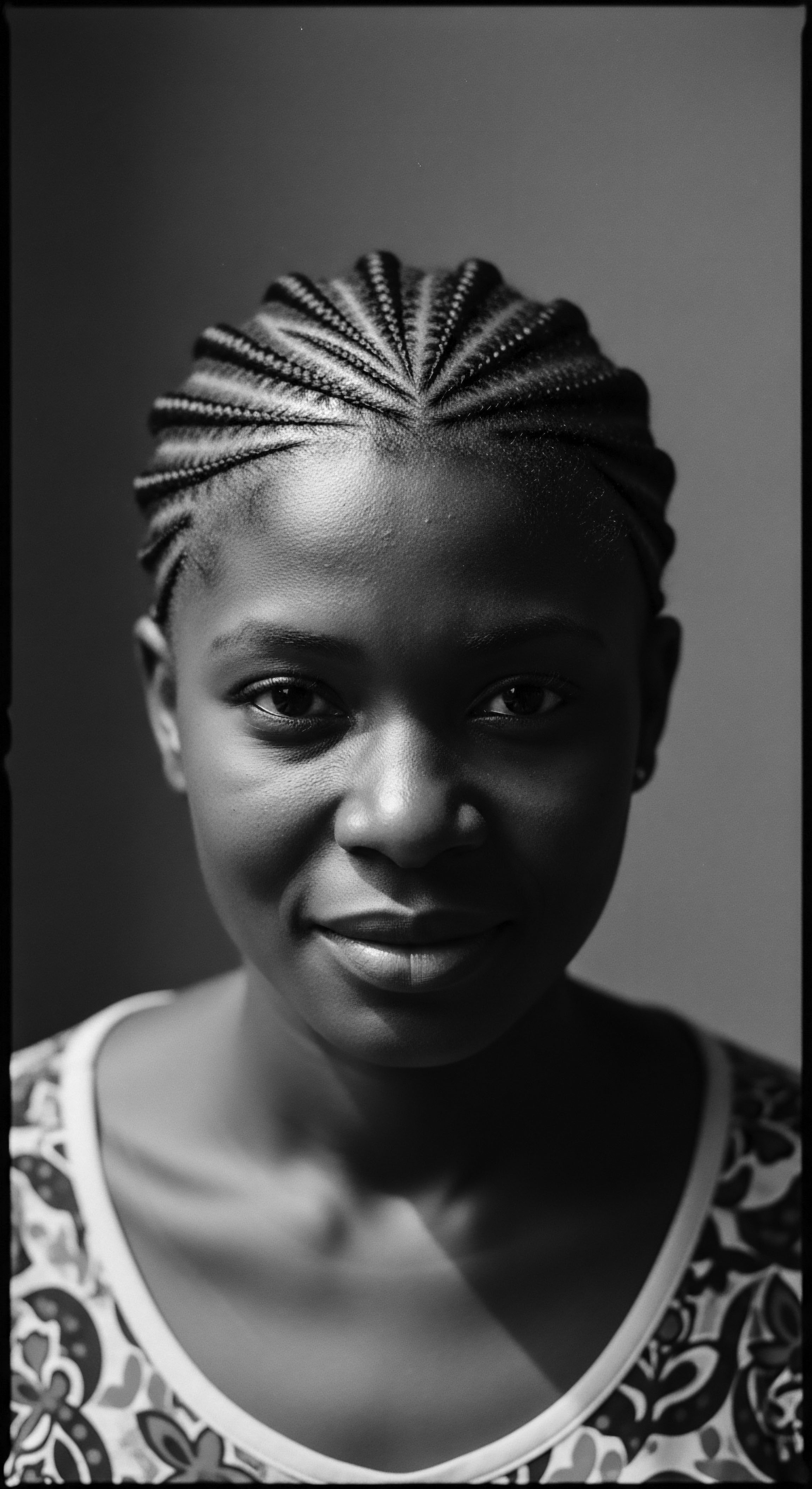
How do cornrows connect modern Black identity to historical acts of resistance?
Cornrows deeply connect modern Black identity to historical resistance through cultural preservation, covert communication, and an enduring assertion of heritage.

How does textured hair represent cultural pride today?
Textured hair represents cultural pride through its deep, unbroken connection to ancestral practices, resilience, and the reclamation of identity.
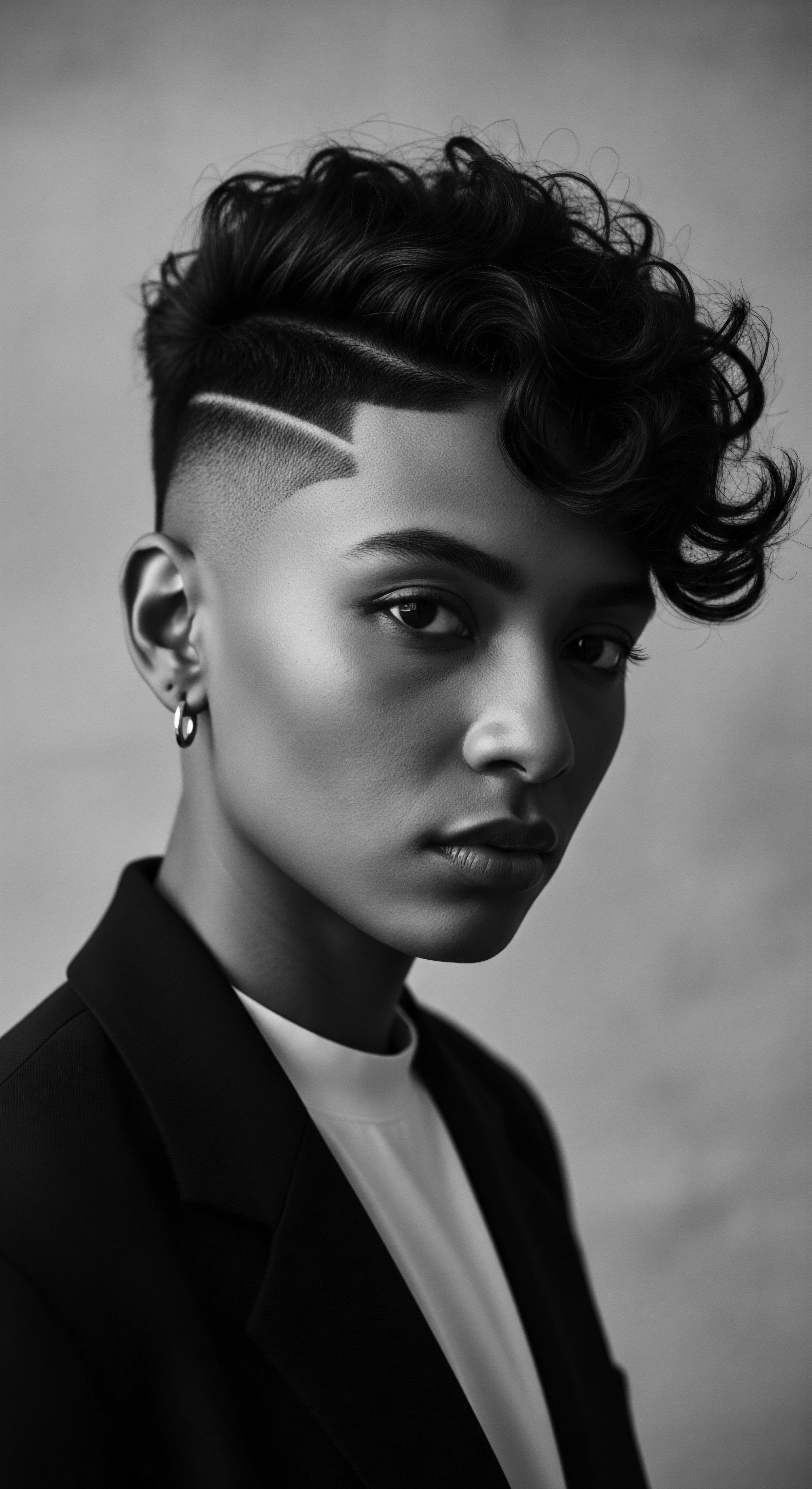
In what ways did textured hair serve as a symbol of identity and resistance throughout history?
Textured hair has served as a powerful, enduring symbol of identity and resistance throughout history, deeply rooted in ancestral heritage and cultural affirmation.

Why is textured hair protection a civil right?
Protecting textured hair is a civil right because it affirms cultural heritage and identity against historical discrimination.

In what ways did textured hair influence Black collective identity?
Textured hair profoundly influenced Black collective identity by serving as a historical marker, a tool for covert communication, and a resilient symbol of cultural pride and defiance.

Why does textured hair hold deep meaning?
Textured hair signifies identity, cultural resilience, and an unbroken lineage of ancestral wisdom and self-expression.
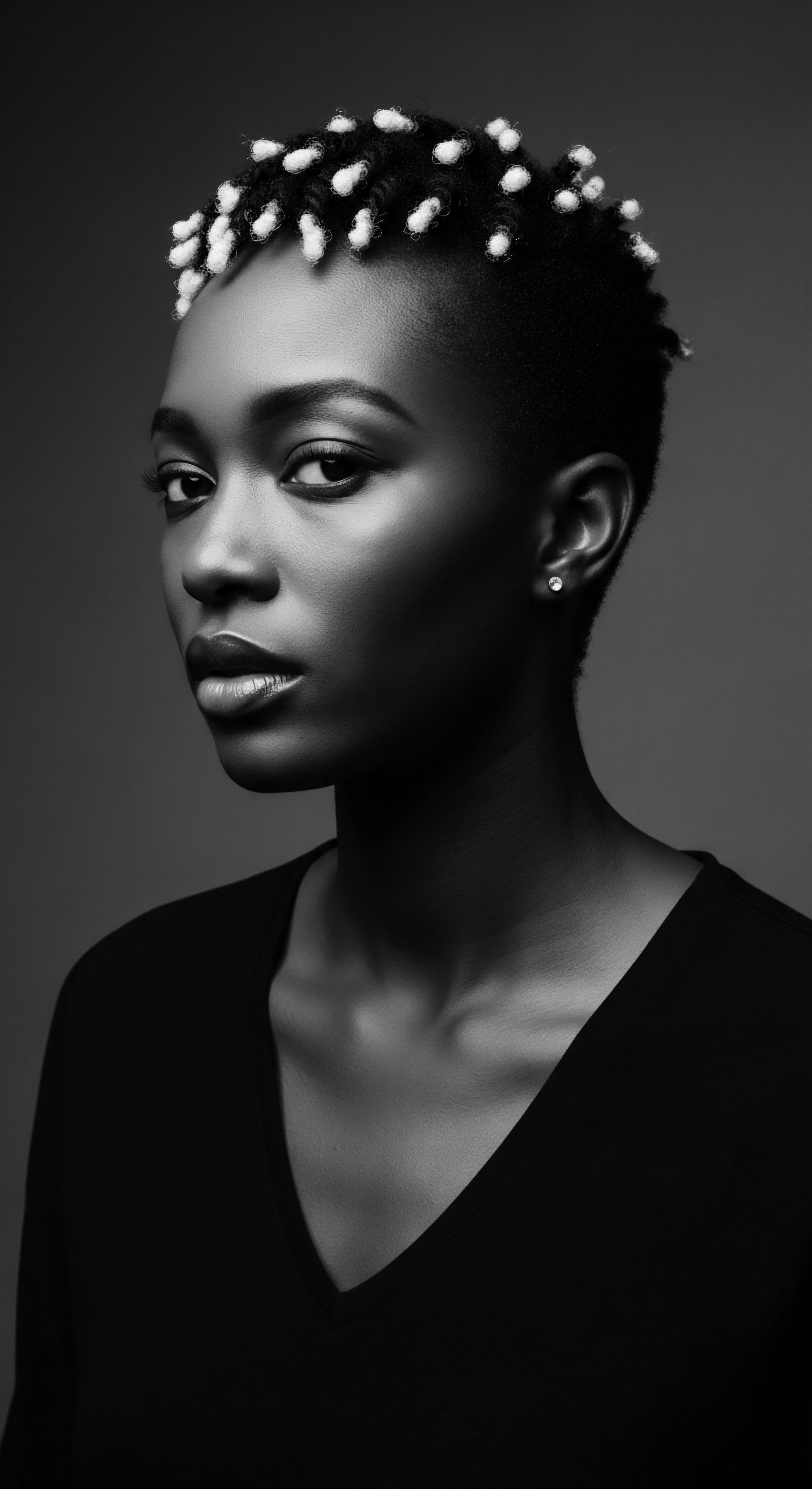
What ancestral practices link textured hair adornments to modern identity?
Ancestral hair practices, from adornments to styling, profoundly shape modern identity through enduring heritage, resilience, and self-expression.

How do adornments on textured hair communicate resistance?
Adornments on textured hair communicate resistance by visibly asserting cultural identity, preserving heritage, and defying imposed beauty standards.

What is the cultural meaning of combs in textured hair heritage?
Combs in textured hair heritage embody ancestry, resistance, identity, and the enduring spirit of cultural pride.
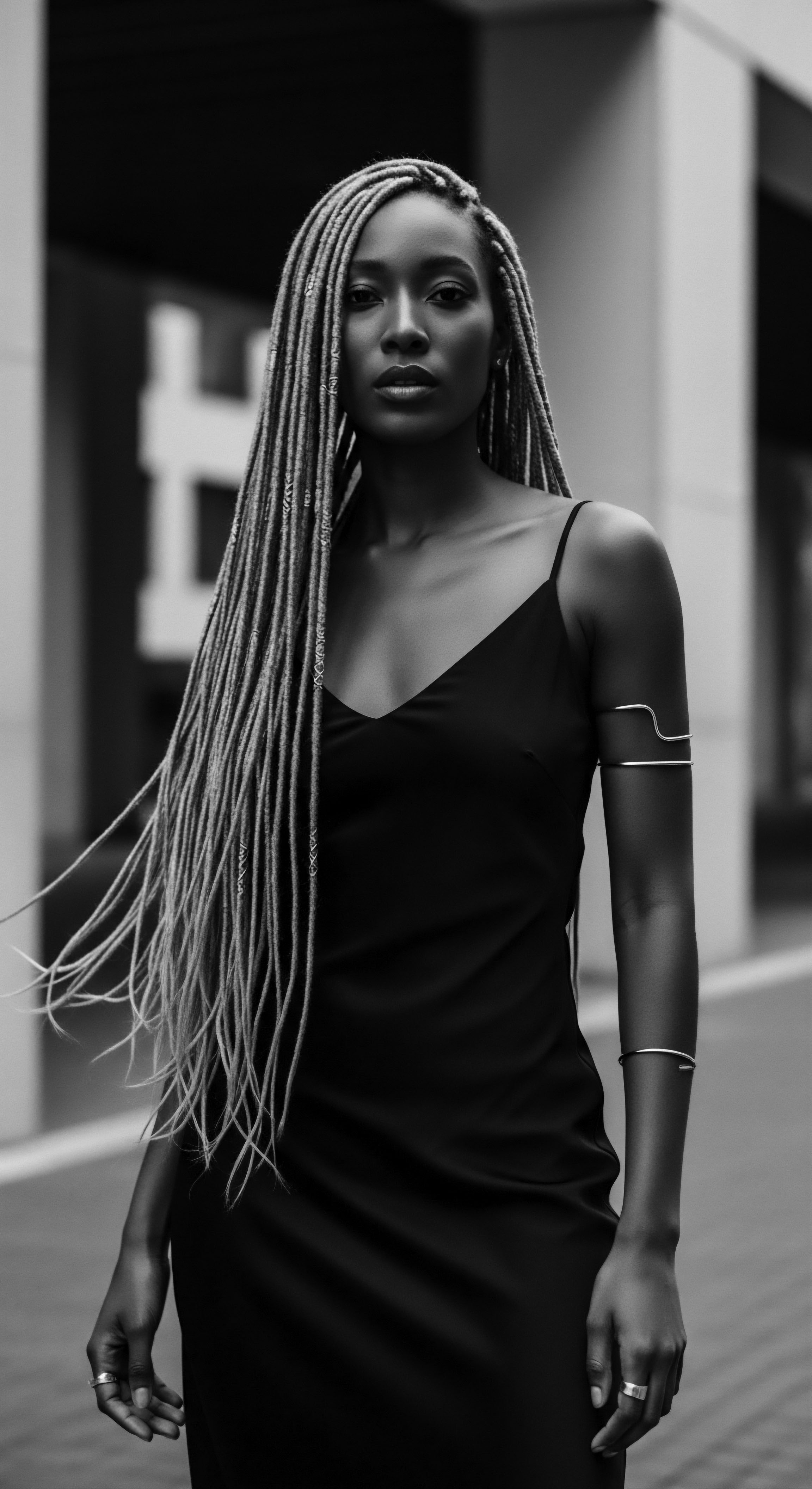
What is the ancestral significance of African hair combs?
African hair combs embody ancestral wisdom, serving as symbolic vessels of identity, status, and resilience within textured hair heritage.

What enduring legacy do textured hair practices hold today?
Textured hair practices hold a living heritage, a profound connection to ancestral wisdom, resistance, and identity.

How has hair symbolism evolved for Black identity over time?
Black hair symbolism has evolved from ancient spiritual connections to contemporary assertions of identity and resilience, deeply rooted in textured hair heritage.

How does hair connect to Black ancestral identity?
Textured hair is a powerful, living connection to Black ancestral heritage, symbolizing identity, resistance, and continuous cultural legacy.

How did hair wraps become symbols of resistance during historical oppression?
Hair wraps, born from African heritage, transformed into powerful symbols of dignity, community, and defiant self-expression during historical oppression.

How did Tignon Laws affect Black women’s identity?
The Tignon Laws attempted to suppress Black women's identity by obscuring their natural hair, but instead birthed a powerful heritage of defiance.
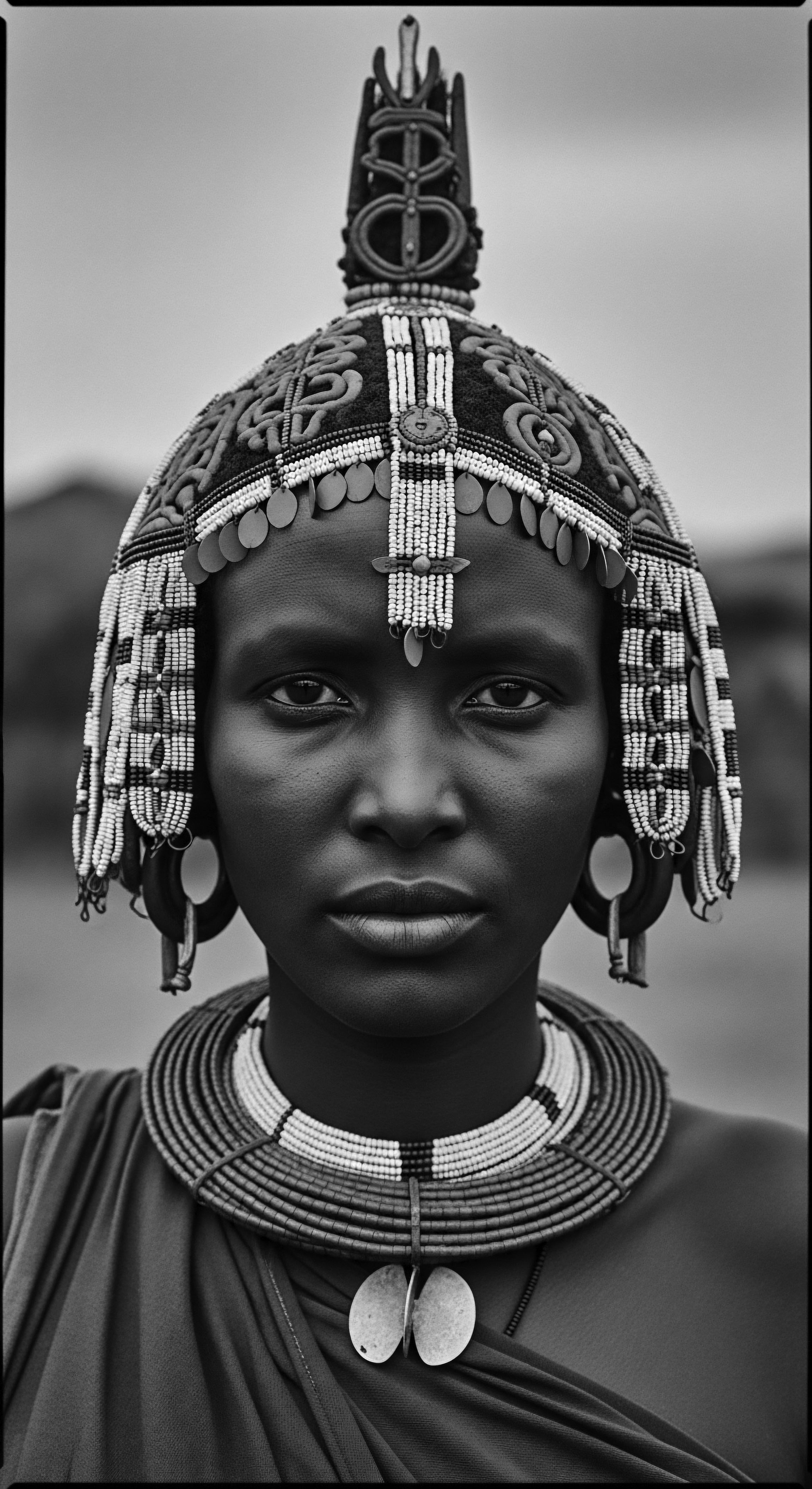
Can modern hair systems serve as tools for cultural reclamation and heritage connection?
Modern hair systems can indeed serve as tools for cultural reclamation and a powerful connection to textured hair heritage.

How did bonnets become a symbol of resistance?
Bonnets became a symbol of resistance by transforming from tools of oppression into affirmations of identity and heritage for textured hair.

In what ways did hair care rituals preserve Black identity through history?
Hair care rituals preserved Black identity by acting as sacred conduits of ancestral heritage, symbols of resistance, and vital community bonds across history.

